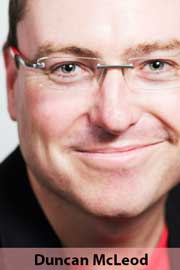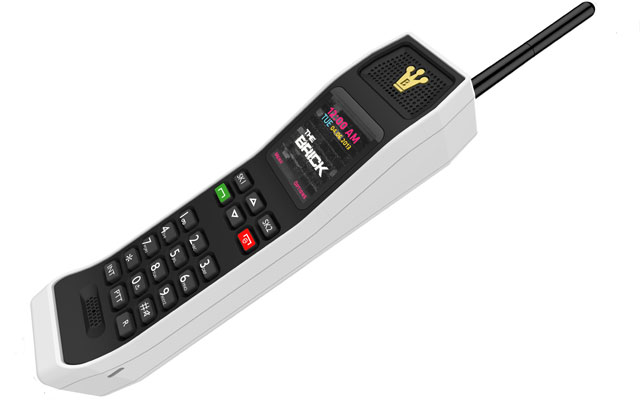 Walk into a mobile retailer today and you’ll be greeted by a wall of phones, many of them black, almost all of them drab slabs of plastic with large touch screens.
Walk into a mobile retailer today and you’ll be greeted by a wall of phones, many of them black, almost all of them drab slabs of plastic with large touch screens.
Before Steve Jobs got onto a stage in San Francisco seven years ago and unveiled Apple’s first iPhone, cellphones came in all sorts of nifty shapes. There were candy bars, sliders, flip phones and swivel phones — or a combination of some or all of these styles. The choice of funky designs was almost endless.
Today, it’s as if Henry Ford has taken charge of cellphone development: you can have any phone you want, as long as it’s rectangular and has a big touch screen. Heck, most modern smartphones are black, too. Ford would be pleased.
Last week, the world moved even closer to this homogeny in cellphone design when Microsoft announced — somewhat controversially — that it was going to kill off Nokia’s feature-phone business in the next 18 months.
Microsoft recently concluded its acquisition of the Finnish company’s devices and services business and promptly announced plans to axe as many as half of the cellphone pioneer’s employees. It also intends terminating the popular Asha range of near-smartphones and its lower-end feature phones, which remain hot sellers in price-sensitive emerging markets such as South Africa.
Microsoft clearly doesn’t want to be distracted by these legacy handsets as it redoubles its efforts to build its struggling Windows Phone business into a strong alternative to Google’s Android and Apple’s iOS.
The software maker stumbled badly in the early days of smartphones and is desperately trying to make up lost ground. It intends pushing Windows Phone more aggressively down the price curve, getting smartphones into the hands of people who until now have only been able to afford phones with basic features.
Emerging markets across Africa, South America and Asia are the next big growth area for the major smartphone players, including Microsoft.
Many analysts agree that the decision to kill off Nokia’s featurephone business makes sense for Microsoft, but anyone who owned a Nokia handset in the 1990s and 2000s
no doubt still has great memories of the brand. I was particularly enamoured of the keyboard-powered E71, an early smartphone.
What was your favourite classic Nokia? Who can forget the battery life that went on for days and days, or the fact that the phones didn’t disintegrate when dropped? They were virtually indestructible compared with today’s smartphones, which have to be housed in protective cases to shield their screens.
I was intrigued this week, then, to notice a device in a popular online store that specialises in smartphones. In among the sea of touchscreen slabs on the store’s bestsellers page was a device called The Brick, made by a company called Binatone. The blurb for The Brick reads: “Touch screens, fingerprint scanners, filters, apps… Hasn’t it all gotten [sic] a little superfluous? Whatever happened to the good old days, when you used your mobile to make or receive a call? The Brick isn’t trying to be everything to everyone. It’s a sturdy handset with an iconic style, harkening [sic] warm memories of the early 1990s.”

To be sure, the phone, which costs less than R700, doesn’t look modern. Indeed, it will probably turn heads for all the wrong reasons: it’s chunky in the hand, has a tiny screen (compared with modern smartphones) and has a big, ugly aerial extending from the top. It has the basics, though, such as an FM radio and SMS. And the battery will last for weeks before complaining that it needs recharging.
The Brick caters to those who don’t want or need to access the Internet on the go. It won’t give you your Facebook or Instagram fix, and it won’t buzz away in your pocket all day directing your life.
But not everyone wants a phone that does that.
As Nokia’s feature phones are put out to pasture, it’s nice to know there are still cellphone manufacturers dedicated to keeping it simple. Now, if only we could get the big smartphone makers to be more creative in their designs, to borrow a little flair, perhaps, from decades past.
- Duncan McLeod is editor of TechCentral. Find him on Twitter
- This column was first published in the Sunday Times




